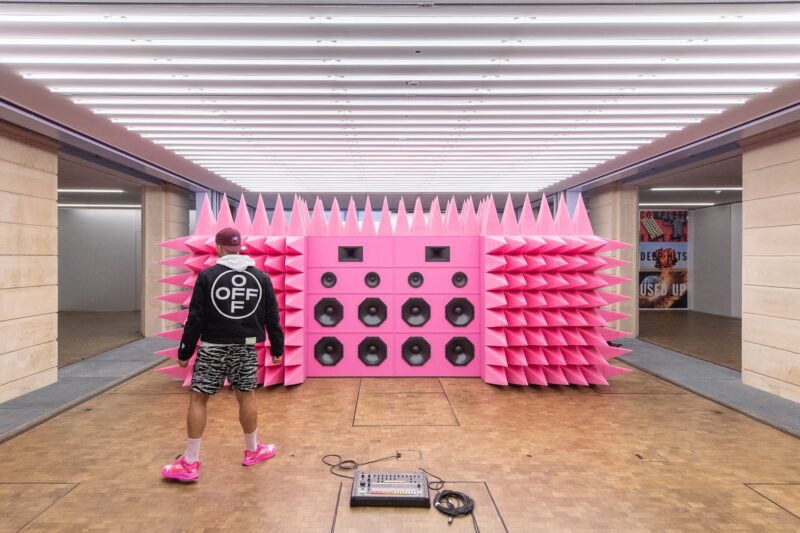A shadowy silhouette of a hunched figure shows a woman on the move. Set against a map of “Germanie” and its surrounding countries, Pylon Lady has two large transmission towers for legs. Considering how Germany propels its energy efficiency, or Energiewende, as a vehicle of foreign policy and cultural influence, it is clear that William Kentridge’s piece embodies, in more ways than one, the title of Potsdam museum DAS MINSK’s new exhibition: Soft Power.
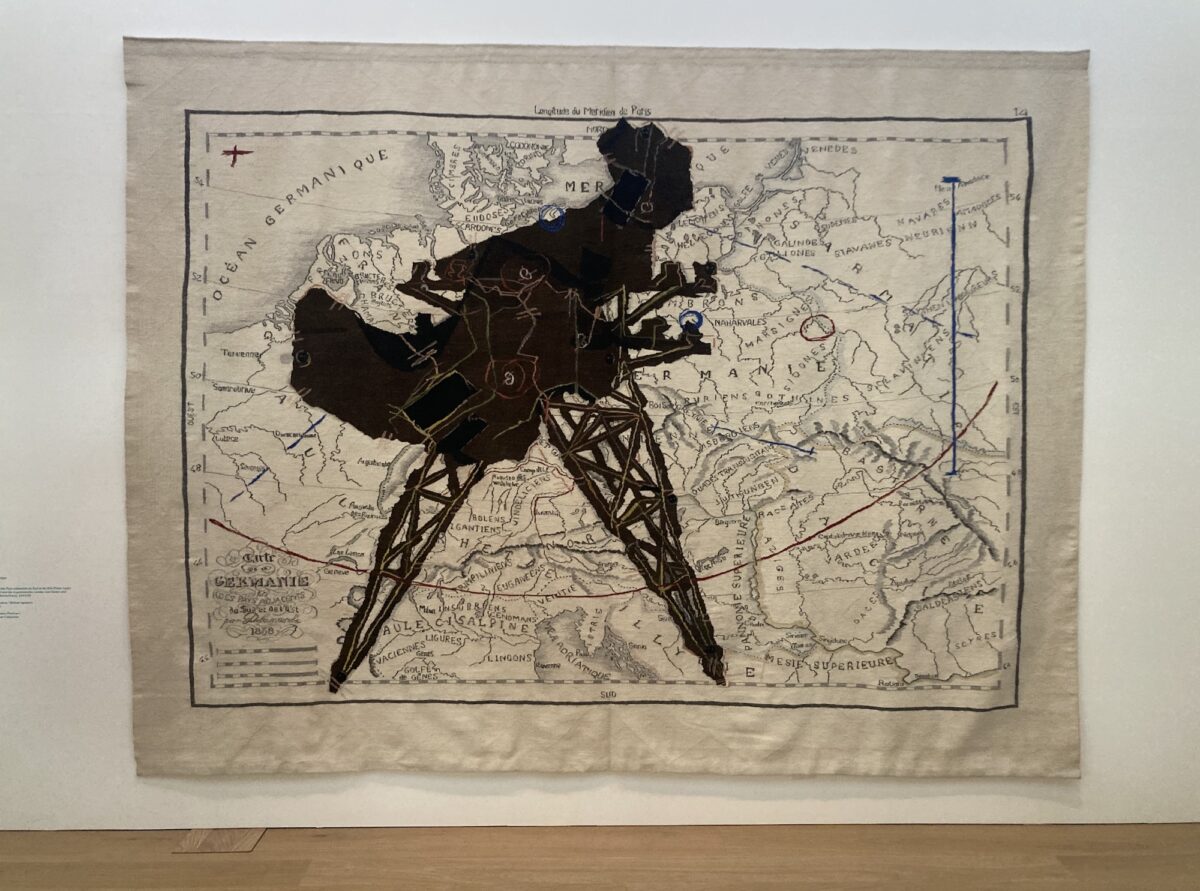
Softer still, there is something seductive about a museum exhibit almost entirely void of glass. The large mohair tapestry belongs to Kentridge’s Porter series, which depicts the plight of faceless migrants laden with objects as they traverse national borders against the backdrop of maps sourced from an 18th-century French school atlas. The subjects also share a common thread with the medium: portable, malleable, vulnerable. Articulating the anxieties of post-war apartheid in South Africa, the series highlights the urgency of discrimination and the anguish of displacement – which, though dating to 2007, remain undeniably current.
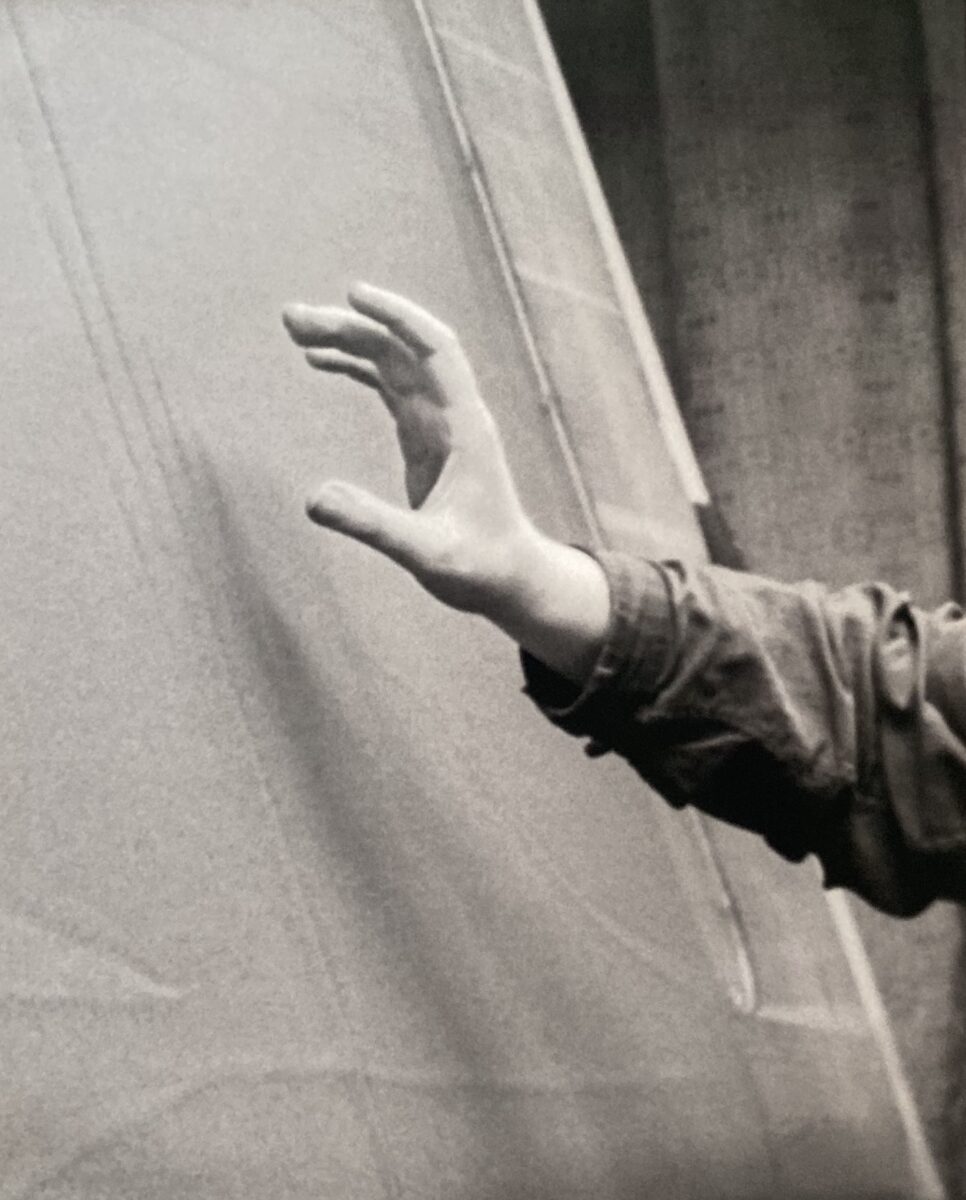

A series of photographs from Ramona Schlacht’s Gentle Hands captures the hand movements of Ukrainian textile workers but also cyphers a widespread association with fabric as women’s work and the gendering of industry. The images propose reevaluation, reinterpretation, and adaptation to contemporary perspectives. Meanwhile, the delicate hand gestures and glimpses of the photographer, depending on light and shadow, harbour a savoury essence of finesse.
Upstairs, Rufina Bazlova’s politically charged Saga of Protests depicts episodes of uprising, torture, and police brutality through meticulous needlepoint. Portraying the events of Belarus’ 2020 10-month mass demonstrations opposing electoral fraud, the seven-metre-long dosser is one of six chapters that chronicle resistance embroidered in red onto starched white linen. Her textile practice – lacking force but not strength – is anything but placid, and illustrates survival under the conditions of a corrupt regime. In Belarusian, the word vyshyvat, to embroider, is just one letter different from the word vyzhyvat, to survive.
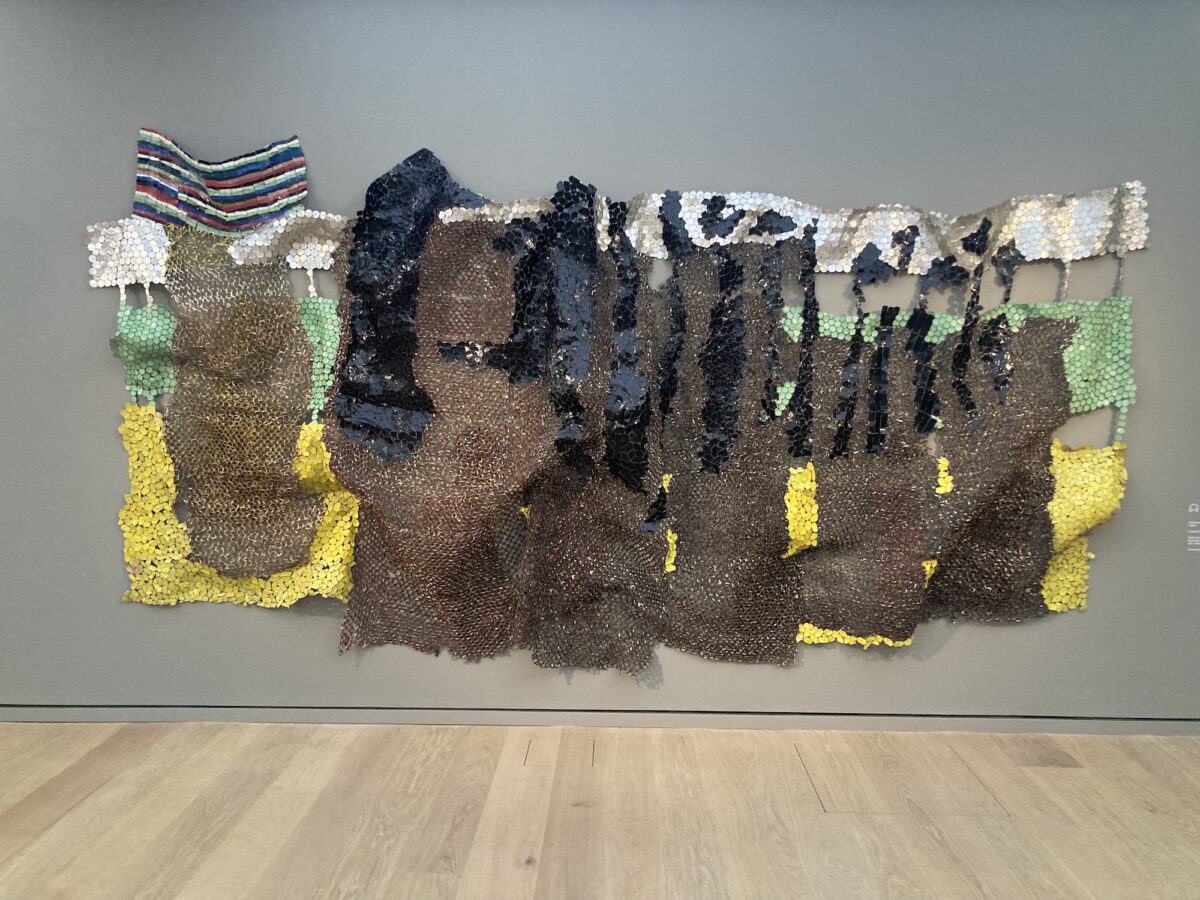
Largely regarded as craft or a utilitarian subset of reproductive labour, textiles have increasingly become an outlet for personal histories to be woven into political or religious narratives. From conveying cultural values, shaping global perception, and even subversive lobbying, the historic medium and its societal potency has slowly but surely stitched itself into the programming of institutions worldwide. In a moment with a growing number of surveys exploring the history and politics of textile art, Soft Power takes an introspective, self-referential turn by embodying the role of cultural diplomacy within its own evolution.
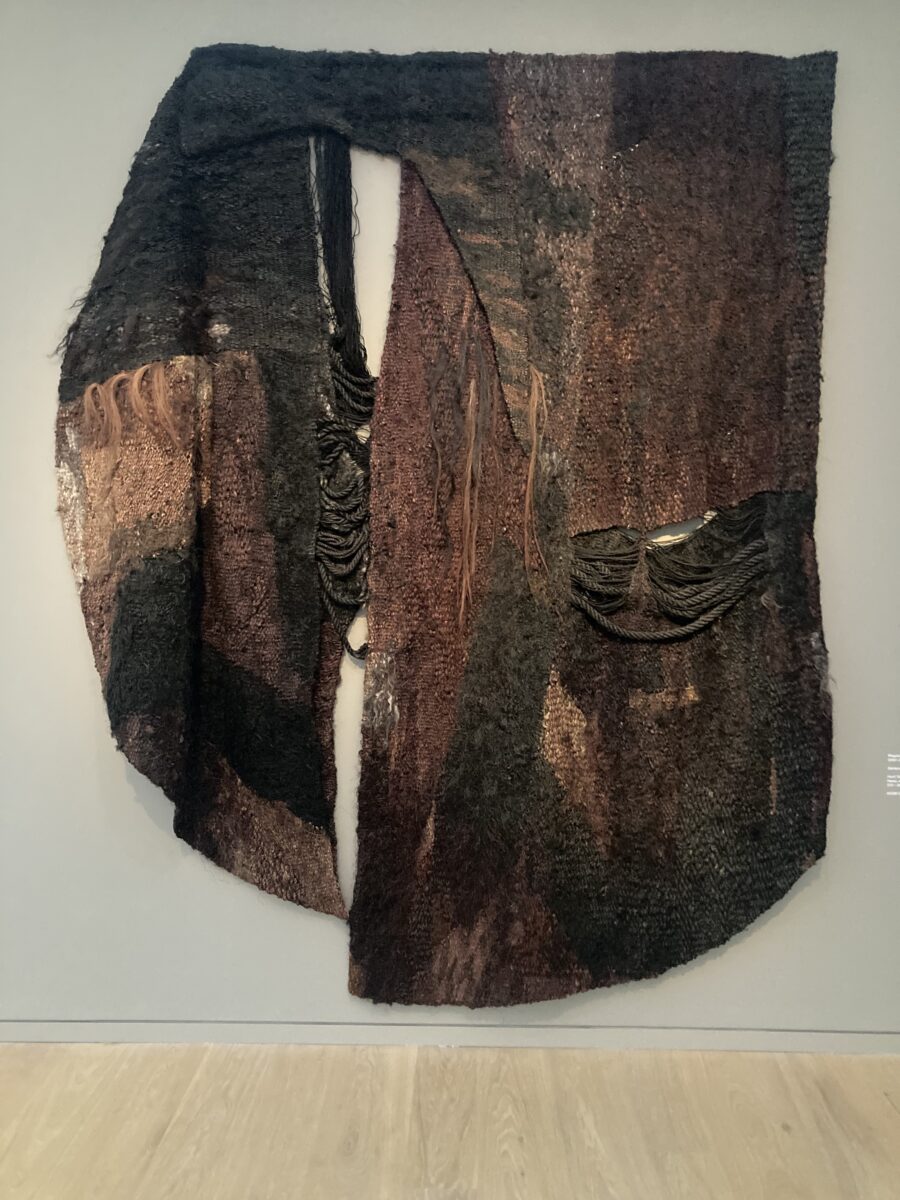
Beyond the collection of over 60 works is, like the museum itself, a gesture of reconciliation: a social and civic countermeasure. In his 2019 founding, billionaire and collector Hasso Plattner opened the MINSK to house his private collection of GDR-era art. To this day, the ideological dissolution of the GDR and subsequent physical collapse of the Berlin Wall is one of the most momentous demonstrations of soft power in modern history – in Germany or elsewhere.
Salvaging the derelict and disused modernist restaurant, Plattner vowed to make his museum more than just a museum. He wanted to build a kind of cultural consulate, transforming the former venue into a source of pride for Potsdamers who had seen the majority of the city’s Soviet architecture steadily demolished. In this way, the revival of the building retroactively empowers the social fabric of a country that no longer exists.
SOFT POWER,16th March – 11th August 2024, DAS MINSK

